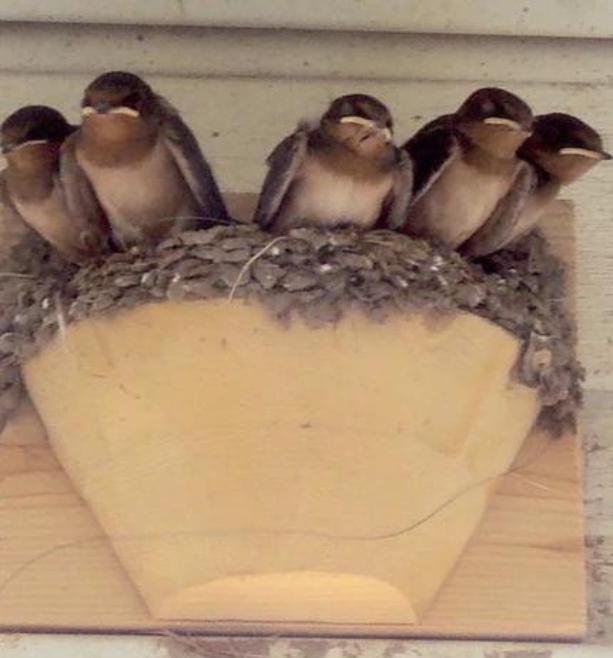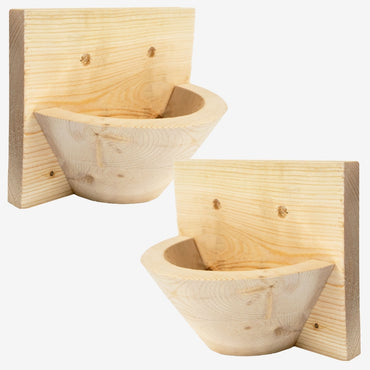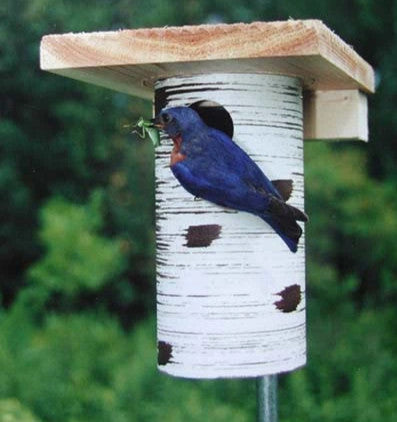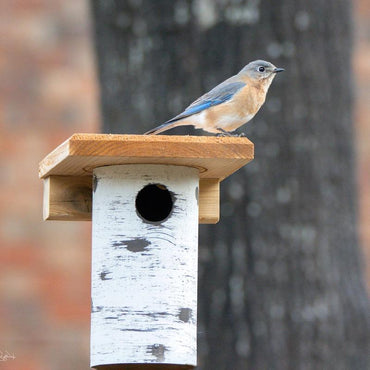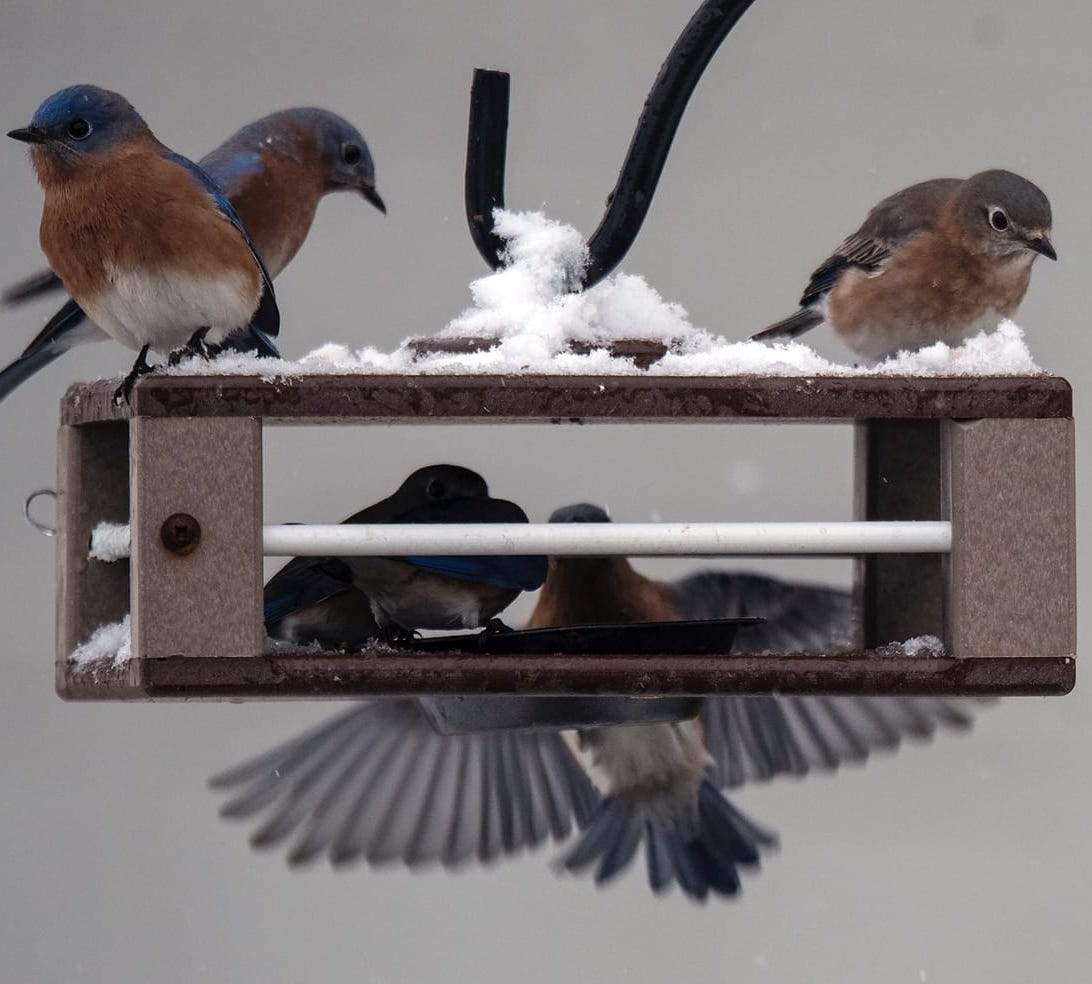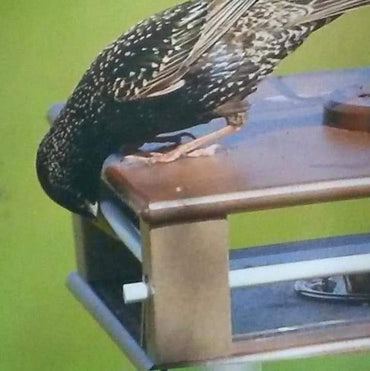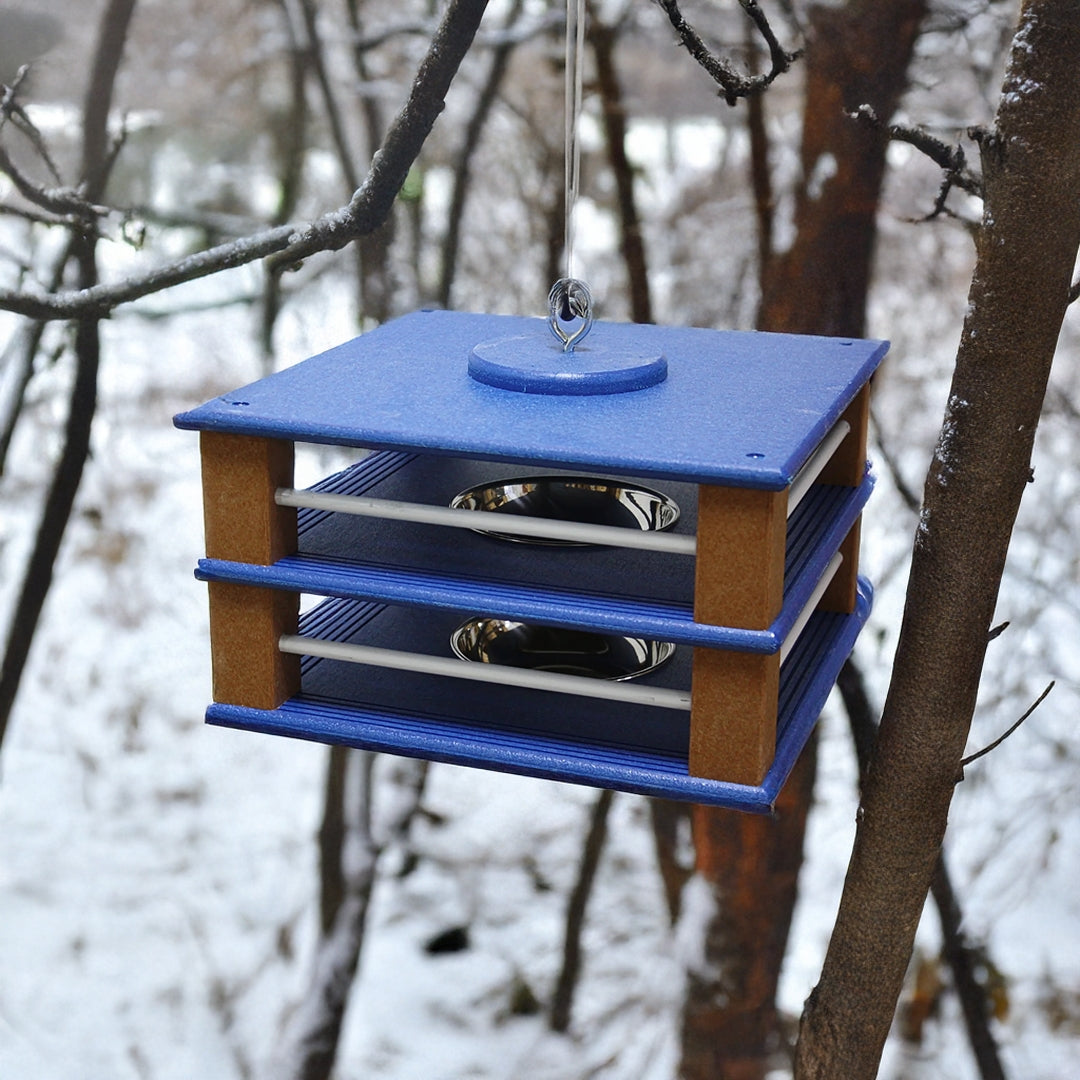Caring for wild birds has come a long way in the past 40 years. Tossing out bread crumbs and maybe some cracked corn onto the snow covered ground. Maybe a simple feeder or two. That was good enough for most of us. Today we have a plethora of feeders and gadgets to chose from and we are creating backyard habitats.
40 years ago, as an 11 year old boy I was grinding Indian corn with my mom's hand crank meat grinder. I placed the cracked corn on a crude platform feeder I had made from a piece of plywood and some old floor molding. Feeding birds seemed to be a winter only thing. Now I care for birds year round. I have several feeders, squirrel baffles, water sources and my own little backyard habitat.
Much of the credit goes to the father of modern day ornithology, the late Roger Tory Peterson. Peterson brought birding to the fore front with his life long studies, his books and art work. Today, others like Donald and Lillian Stokes and George Harrison continue to bring us the joys and education on wild birds.
Basics:
There are four basics to attracting birds to your yard. A food source, fresh water, protection and a place to nest.
1. Food sources can be as simple as a feeder or two. Black oil sunflower seed will attract the greatest variety of desirable birds to your yard.
2. Fresh water will attract some birds quicker then a feeder might. A birdbath, old pie pan or saucer to a flower pot will work.
3. Protection is a necessity if you want birds to feed and bathe in your yard. Birds need to feel safe from predators. It is important to place food and water in the open, yet close to trees and shrubs for that quick get away when needed.
4. Nesting sites can be a simple nest box properly located, to several trees and shrubs birds find to their liking.
Beyond:
1. Feeders are now designed for specific birds and to keep squirrels and larger birds at bay. There are finch feeders, woodpecker feeders, nectar feeders and suet feeders. Feeders can be tubes, platforms or hoppers. Feed is custom blended to help attract certain species of birds in you area. Plant native flowers, shrubs and trees that offer seed, nuts, berries nectar.
2. Fresh water is important, especially in the winter months when open water is hard to find. There are heaters and heated birdbaths, eating snow is not a good option as it lowers the birds body temperature wasting needed energy.
Moving water attracts birds quicker and might surprise you with a rare sight of a migrator that may not have stopped otherwise. Consider a dripper, mister, or a bird creek for birds to drink and bathe in.
3. Help protect you feathered friends by placing food and water sources 10 to 20 feet from shrubs and trees. Make sure there is no undergrowth for cats to hide. Birds need to bathe and preen. A wet bird is a slow bird. A tree branch to hop on or shrub to hide in is the safety they need.
4. Build a backyard habitat. Offer nesting sites and materials by adding shrubs, small trees, flowers and grasses to your yard. Be sure to have a combination of evergreens and deciduous plantings. Provide nest boxes with proper dimensions and locations for the birds in you want to attract that live in your area. Keep an eye on squatters like European starlings and English house sparrows.
Ron Patterson writes a weekly Ezine on Backyard Birding Tips and Gardening for birds http://www.backyardbirdingtips.com/
Ron Patterson has been caring for wild birds for more then 40 years. He is a Michigan Certified Nurseryman and backyard birding expert. Ron and his wife Karen owned and operated their own wild bird specialty store for most of the 90's to 2001. Ron writes a weekly Ezine on backyard birding tips and gardening for birds. You can find his Ezine at: http://www.backyardbirdingtips.com/
Article Source: http://EzineArticles.com/?expert=Ronald_F._Patterson


